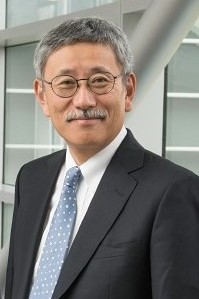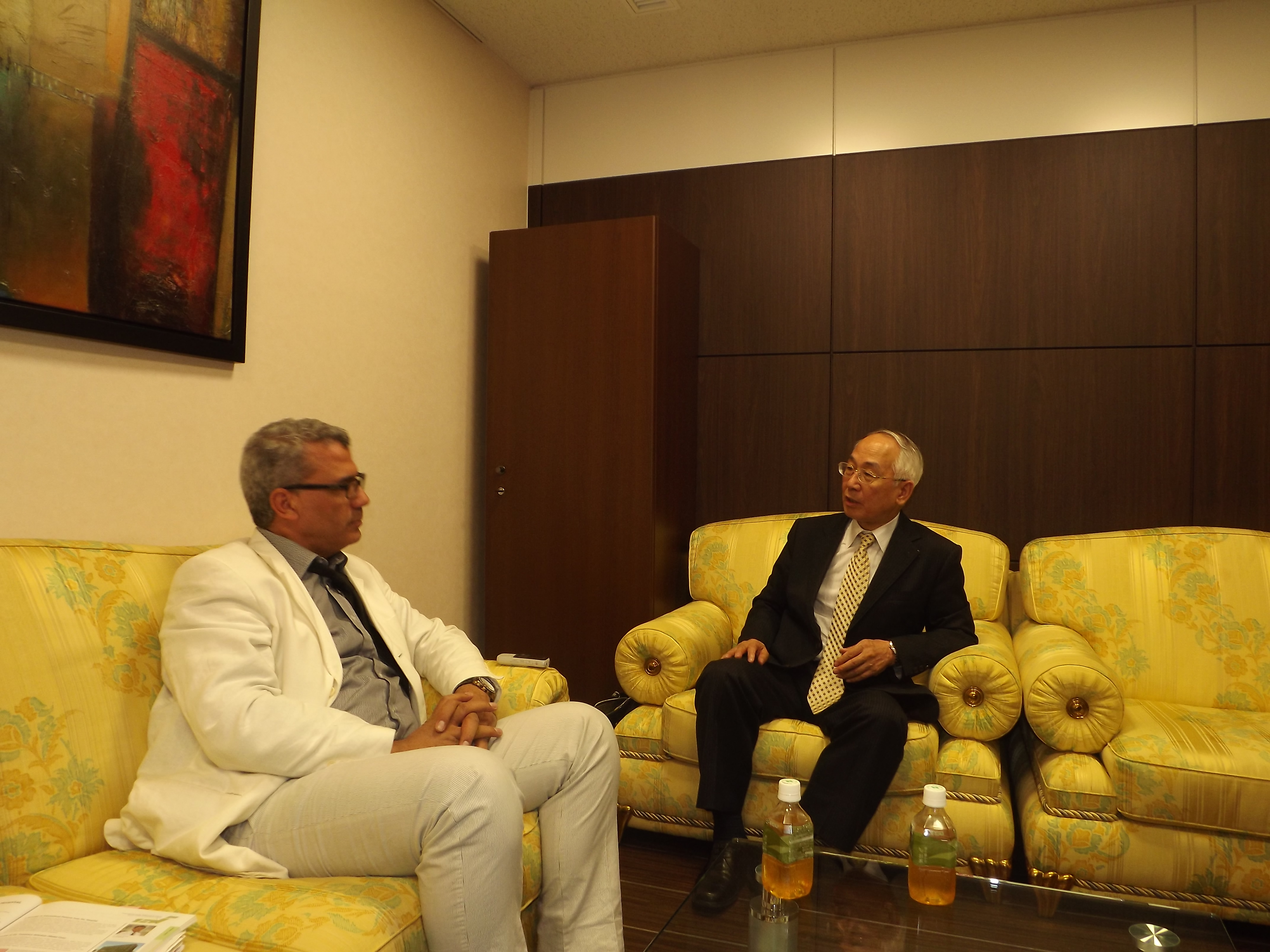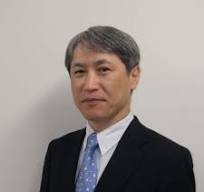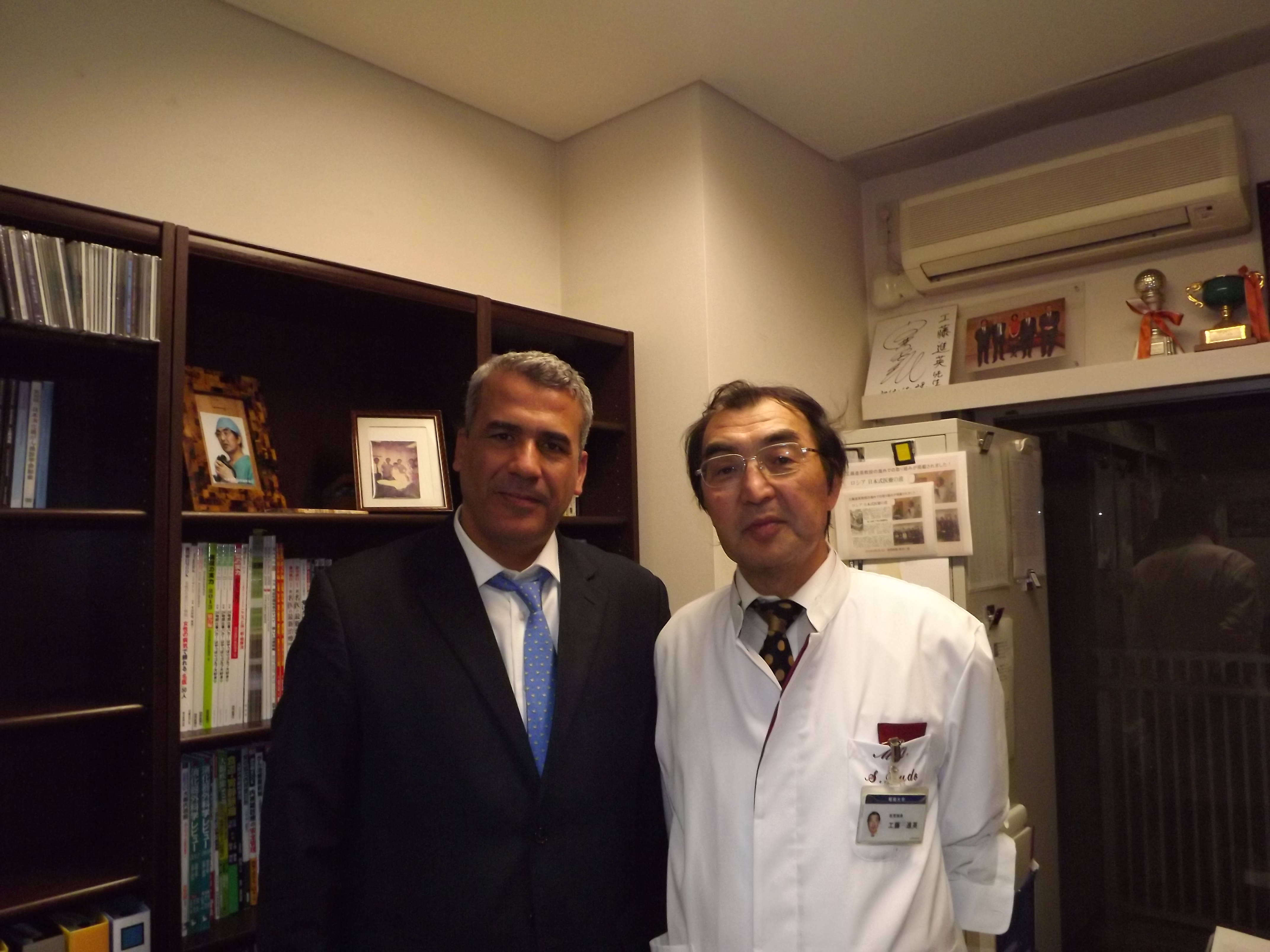Middle East Health Tourism Magazine,
Tokyo-Japan, by Editor in-Chief
A new generation of irradiation technology called Heavy Particle Radiotherapy is being clinically
demonstrated at Japan’s only one of a kind research institute. With a 17-year history, the hospital has
specialized in diagnostic radiology treatment of cancer and nuclear medicine. Dr. Tadashi Kamada,
Centre Director details Middle East Health Tourism magazine on how the centre has continued to develop
new treatment methods.
Dr. Kamada, could you brief us in detail on the salient features of the hospital?
The hospital is a pioneer in research and development since 1961, specializing in the field of radiological
diagnosis and treatment of cancer. Japan was the first in the world to begin heavy particle radiotherapy in
1994 and our hospital was in the frontline of this development by being the first facility where it was
used. As of February 2011, we have treated approximately 5,900 patients with heavy particle
radiotherapy. Our treatment results are very high with an average five-year control rate for all tumor cases
of about 80%. As treatment is given at a safe and effective radiation dose based on our long and
comprehensive experience, there have been very few cases of strong side effects.
We accept many patients from overseas, including Italy, France and China and admit about 20-30
international patients annually.
Could you please explain to us what Heavy Particle Radiotherapy is all about?
Radiation therapy is an excellent method to treat cancer of the organs without surgery, but when photon
beams (X-rays and gamma rays) are used, which is usually the case, normal tissue around the tumor is
also irradiated, which may cause side effects. Particle radiotherapy was developed to enable more precise
irradiation of the tumor tissue. The particle beams utilized in treatment today are proton beams and heavy
particle beams (carbon or carbon ions). In both cases, treatment is performed by irradiating the tumor
tissue with particles that have been accelerated to a velocity close to speed of light.
Heavy particles are twelve times heavier than protons and possess a superior ability to travel in a straight
line. For these reasons, it is possible to focus on the tumor with greater accuracy and destructive force.
Since it is very expensive to build these devices, very few medical institutions in the world possess heavy
particle radiotherapy devices.
While localized cancers may be candidates for heavy particle radiotherapy, the following cases are
particularly suitable examples: cases for which surgery is the first-choice therapy, but surgery is difficult,
as patients are elderly and have complications; advanced cancers; cancers that respond well to regular
radiotherapy; and cancers that can be operated upon but for which is high potential of after effects. You
are normally treated on an outpatient basis and one treatment lasts about 20-30 minutes.
What course of treatment can we expect for prospective patients?
You need to send us your pathological diagnosis, image information (CT, MRI, PET), referral letter from
your primary physician and other related information in advance, so that we can confirm whether the
diagnosis is correct and consider admittance. If you are accepted, we will ask you to come to Japan after
approximately one month. The devices will not be available for clinical treatment for one and a half
months from February to March and for one month in August, hence we do not accept patients during
these months.
How can patients feel confident of this treatment that you are offering?
Heavy particle radiotherapy is painless and places little burden on the patient. It is an ideal treatment
method for cancers that formerly could not be treated without surgery. We were one of the first hospitals
in the world to engage in the clinical application of heavy particle radiotherapy and have accumulated a
great deal of experience and a proven record of achievements. As a hospital established in affiliation with
a research institute specializing in radiation, we continue to develop and apply in clinical practice the
most advanced treatment methods and technologies, and are contributing to the global developments of
heavy particle radiotherapy. We are committed to seeing our hospital’s heavy particle radiotherapy
effectively utilized as one option of cancer treatment.
The conditions that are treated at our hospital include: head and neck tumors, bone and soft tissue tumors,
lung cancer, liver cancer, prostate cancer and more.
Words—715
By Yasmeen Maqbool




